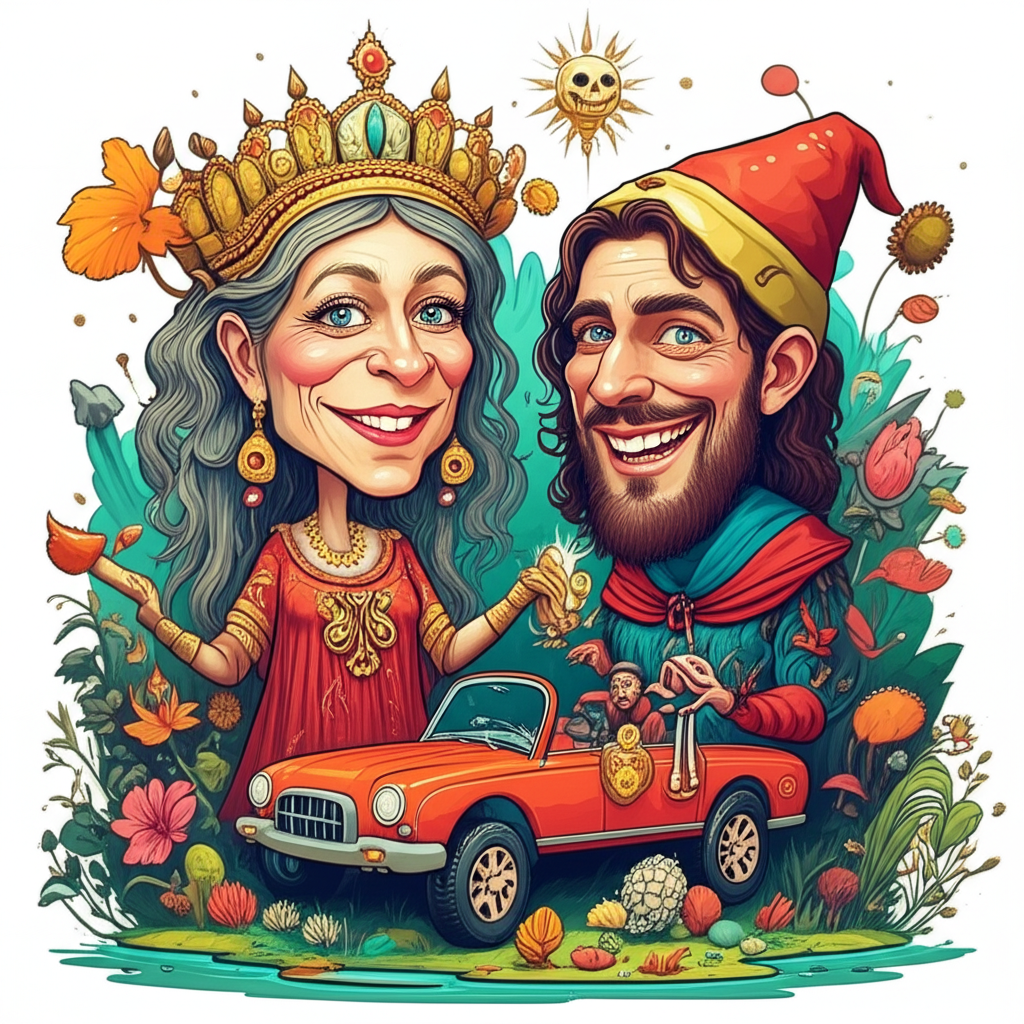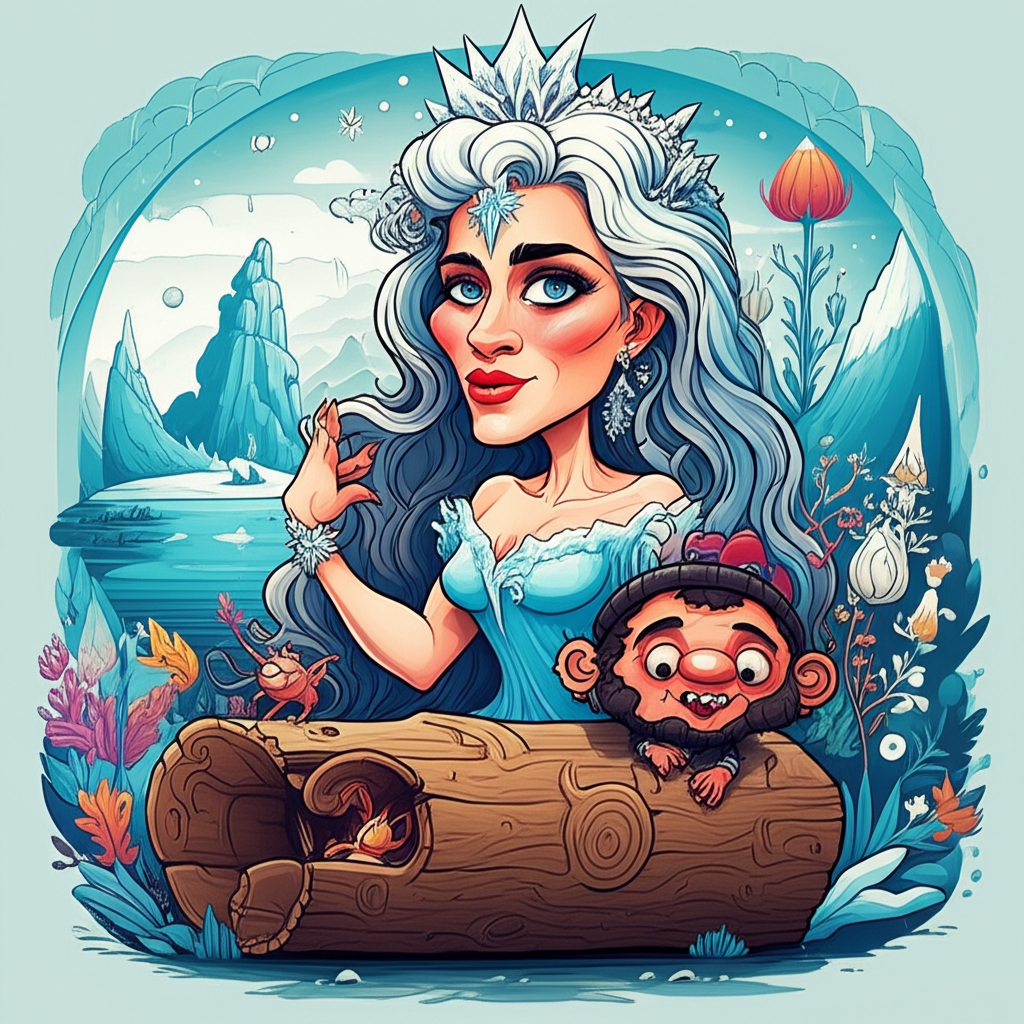
The world, as perceived by ancient peoples, was a place teeming with unseen forces, where the natural world was inextricably linked to the spiritual. Within the rich tapestry of Slavic folklore, a collection of myths and legends emerged, weaving together tales of deities, heroes, and malevolent beings. Among these, the threads of Mokosh, the great earth mother goddess, are subtly interwoven with the ominous presence of Koschei the Deathless and the enigmatic Isle of Buyan. This is not a chronicle of divine pronouncements, but rather a window into the imaginative world of ancient Slavs, a testament to their storytelling traditions and their attempts to comprehend the mysteries of existence.
The cultural milieu from which these stories sprung was one deeply rooted in the cyclical rhythms of nature. For the ancient Slavic tribes, who inhabited the vast forests and fertile plains of Eastern Europe, life was dictated by the seasons. The harshness of winter, the vibrant rebirth of spring, the abundance of summer, and the melancholic decline of autumn all held profound significance. Their worldview was animistic, believing that spirits resided in trees, rivers, rocks, and the very earth beneath their feet. Mokosh, as the embodiment of the fertile earth, the protector of women, weaving, and destiny, was a central figure in this belief system, representing the nurturing yet formidable power of nature. It is within this context of a world where the natural and the supernatural were seamlessly intertwined that figures like Koschei and the mythical Buyan Island took shape.
Koschei, often depicted as a skeletal, gaunt figure, is a prime example of the embodiment of abstract concepts within folklore. He is not a god to be worshipped, but rather a powerful, malevolent entity whose existence is intrinsically tied to death and the cunning preservation of life. His symbolic attributes lie in his immortality, which is not a blessing but a curse, a state achieved through a complex and hidden method of safeguarding his soul. This often involves a series of nested objects – an egg within a duck, a duck within a hare, a hare within a chest, buried beneath an oak tree on the distant Buyan Island. This elaborate concealment speaks to the ancient human fascination with the hidden and the elusive, the idea that true power or vulnerability can be concealed in plain sight, or in the most inaccessible of places. Koschei’s chilling existence represents the fear of inevitable mortality, but also the belief that even the most powerful adversary can be overcome through wit and perseverance.
The Isle of Buyan, often described as a mystical island situated at the edge of the world, is a recurring motif in Slavic tales. It is a place of potent magic, where the boundaries between the earthly and the otherworldly blur. Here, the primordial forces of creation and destruction are said to converge. Buyan is often depicted as a place of both immense danger and profound revelation, a liminal space where heroes undertake perilous quests and where cosmic secrets are guarded. It is here, on this mythical island, that Koschei’s hidden essence is said to reside, making it the ultimate destination for any hero brave or foolish enough to confront him. The island itself can be seen as a symbol of the untamed wilderness, the unknown depths of the subconscious, or even the cosmic order that governs existence.
The narrative of Koschei and Buyan Island often unfolds as a classic hero’s journey, albeit one fraught with supernatural peril. Imagine a brave hero, perhaps a prince or a valiant warrior, who must venture to the farthest reaches of the known world to rescue a stolen bride or to break a curse. His quest leads him across treacherous seas, through enchanted forests, and eventually to the shores of Buyan. Here, he faces trials set by Koschei or his servants, encounters mythical beasts, and navigates a landscape that defies the laws of nature. The ultimate goal is to locate Koschei’s hidden soul, the key to his defeat. The tale would describe the hero’s arduous journey, the cunning traps laid by Koschei, and the eventual, often dramatic, confrontation where the hero, through cleverness and courage, uncovers the nested objects, breaks the spell, and vanquishes the immortal foe. The climax would be the retrieval of the egg, the crushing of the needle, and the final demise of Koschei, releasing his victims from his grasp.
To the ancient Slavs, these stories likely served multiple purposes. The figure of Koschei, with his stolen life force and his reliance on hidden vulnerabilities, might have represented the anxieties surrounding death and the desire to understand and perhaps even control it. His immortality, achieved through such elaborate means, could have symbolized the tenacity of life, even in its most corrupted forms, or the corrupting influence of power that seeks to defy natural limits. The Isle of Buyan, as a place of mystery and immense power, could have represented the unknown, the spiritual realm, or the potent forces of nature that people sought to understand and respect. Mokosh, as the overarching goddess of the earth, would have provided the grounding force, the maternal presence against which these cosmic struggles played out. These narratives were likely also vehicles for moral instruction, teaching about bravery, resourcefulness, and the importance of confronting one’s fears.
In the modern era, these ancient tales continue to resonate, finding new life in literature, film, and popular culture. Koschei the Deathless remains a compelling villain, his immortality and convoluted demise making him a fascinating antagonist in fantasy novels and video games. His character archetype, the seemingly invincible foe whose weakness lies in an obscure detail, is a timeless narrative device. The concept of a hidden soul or a vulnerable essence continues to be explored in various forms of media, reflecting our enduring fascination with the nature of life and death. The Isle of Buyan, as a mythical, magical land, inspires depictions of enchanted realms and perilous journeys in modern storytelling. These interpretations, while drawing inspiration from the original folklore, are products of contemporary imagination and creative expression.
In conclusion, the legends of Mokosh, Koschei, and Buyan Island are vivid echoes from a time when the world was understood through stories and the forces of nature. They represent the enduring human impulse to create meaning, to grapple with the mysteries of life and death, and to populate the imagination with figures that embody our hopes and fears. As Muslims, we recognize that only Allah (God) is the true Creator and Sustainer of all existence, and that all power and authority reside with Him alone. These ancient stories, therefore, are not to be viewed as divine truths, but as valuable artifacts of cultural heritage, offering a glimpse into the rich tapestry of human storytelling, imagination, and our ongoing quest to understand the world around us. They remind us of the power of narrative to shape our understanding and to connect us to the traditions of our ancestors.





